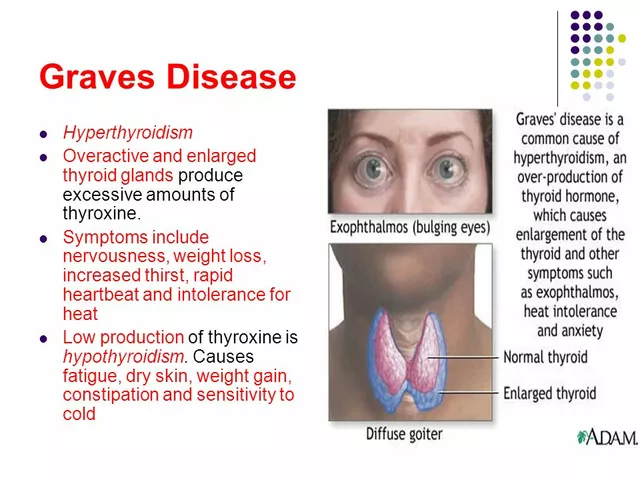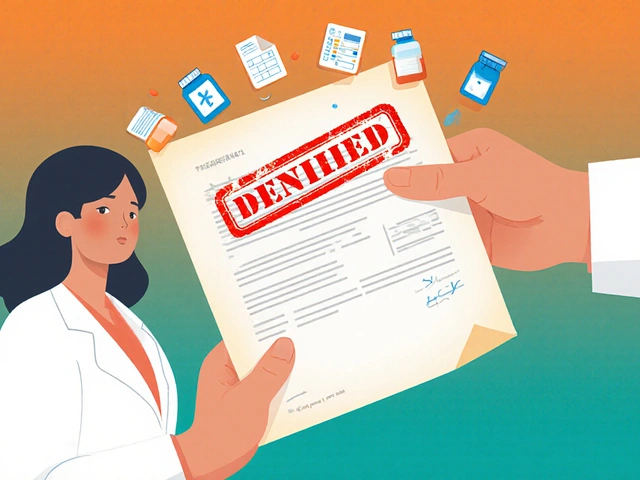Hyperthyroidism in Men: Symptoms, Diagnosis, and Treatment
June 28 2023End-of-life care: practical steps to keep someone comfortable
Facing the final stage of life brings hard choices and a need for plain answers. You don’t need medical jargon — you need concrete steps you can use today to keep a loved one comfortable, reduce stress, and make decisions that match their wishes.
Manage symptoms and medications
Pain control is the top priority for most people. Ask the team: “What are our options for steady relief and for sudden flare-ups?” Common choices include short-acting meds for breakthrough pain and longer-acting ones for baseline control. If opioids are used, plan a bowel regimen from day one — a daily stool softener plus a stimulant laxative if needed keeps constipation from becoming a crisis.
Nausea, breathlessness, anxiety, and delirium are also common. Simple fixes often work: anti-nausea meds, low-dose anti-anxiety meds for short periods, and hands-on care for breathlessness (positioning, fans, and breathing techniques). If swallowing is hard, many medicines can be given in liquid form, under the tongue, or through a patch. Talk to your provider and pharmacist about safe alternatives and home-delivery options.
Know the difference: palliative vs hospice
Palliative care focuses on comfort and symptom relief at any stage of illness and works alongside curative treatment. Hospice is for patients near the end of life who focus solely on comfort rather than cure. Both teams help manage meds, coordinate care, and support families — ask which fits your situation and how they handle home visits, equipment, and 24/7 support.
Practical med tips: keep an up-to-date medication list, remove nonessential pills, and ask about interactions if blood thinners, steroids, or psych meds are used. If travel or hospital stays are planned, get a week’s supply and written dosing instructions. Use one pharmacy if possible so interactions are easier to spot.
Legal and communication tasks matter now: appoint a healthcare proxy, write down treatment preferences (comfort measures, CPR, feeding decisions), and put key phone numbers where caregivers can find them. A clear plan stops last-minute arguments and helps clinicians follow your loved one’s wishes.
Caregiver survival tips: schedule short breaks, accept help with meals or errands, and use simple logs for meds and symptoms so anyone stepping in can read them at a glance. Small comforts — a favorite song, gentle touch, or fresh air — make a big difference and are often more meaningful than medical interventions.
If you’re unsure what to do next, ask: “What will make them more comfortable today?” and “Which meds can we stop that won’t help now?” Those two questions focus the team and keep decisions practical and humane. End-of-life care isn’t about giving up — it’s about choosing comfort, dignity, and clear actions when they matter most.
 21 Jul
21 Jul
The Role of Atomoxetine in End-of-Life Care
In my recent research, I delved into the role of Atomoxetine in end-of-life care. This medication, typically used for ADHD, has been shown to have significant benefits for those in their final stages of life, including improved mood and decreased fatigue. It's crucial to understand that while it may not cure, it certainly enhances the quality of life by managing some distressing symptoms. It's a fascinating topic and definitely worth considering when discussing palliative care options. I believe that incorporating Atomoxetine could really shift how we approach end-of-life care.
Read More...




